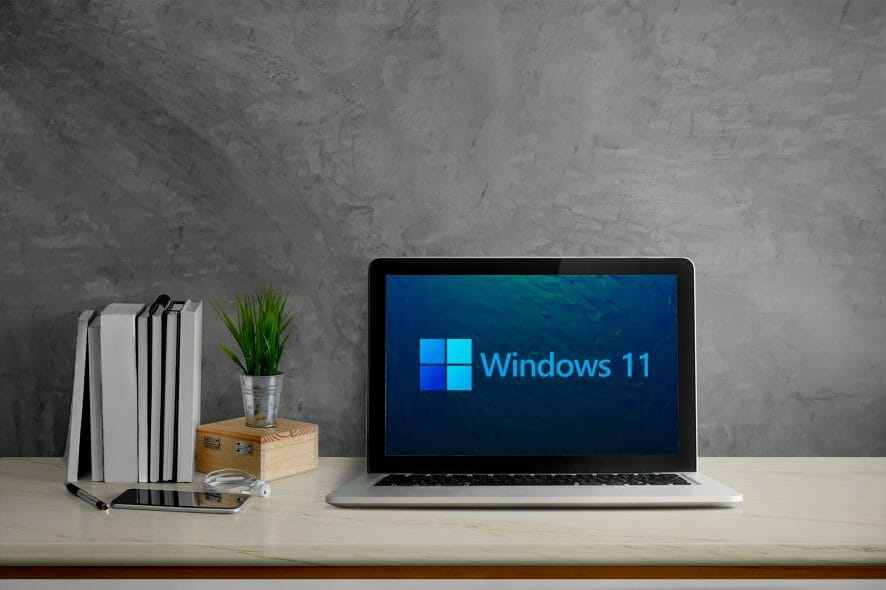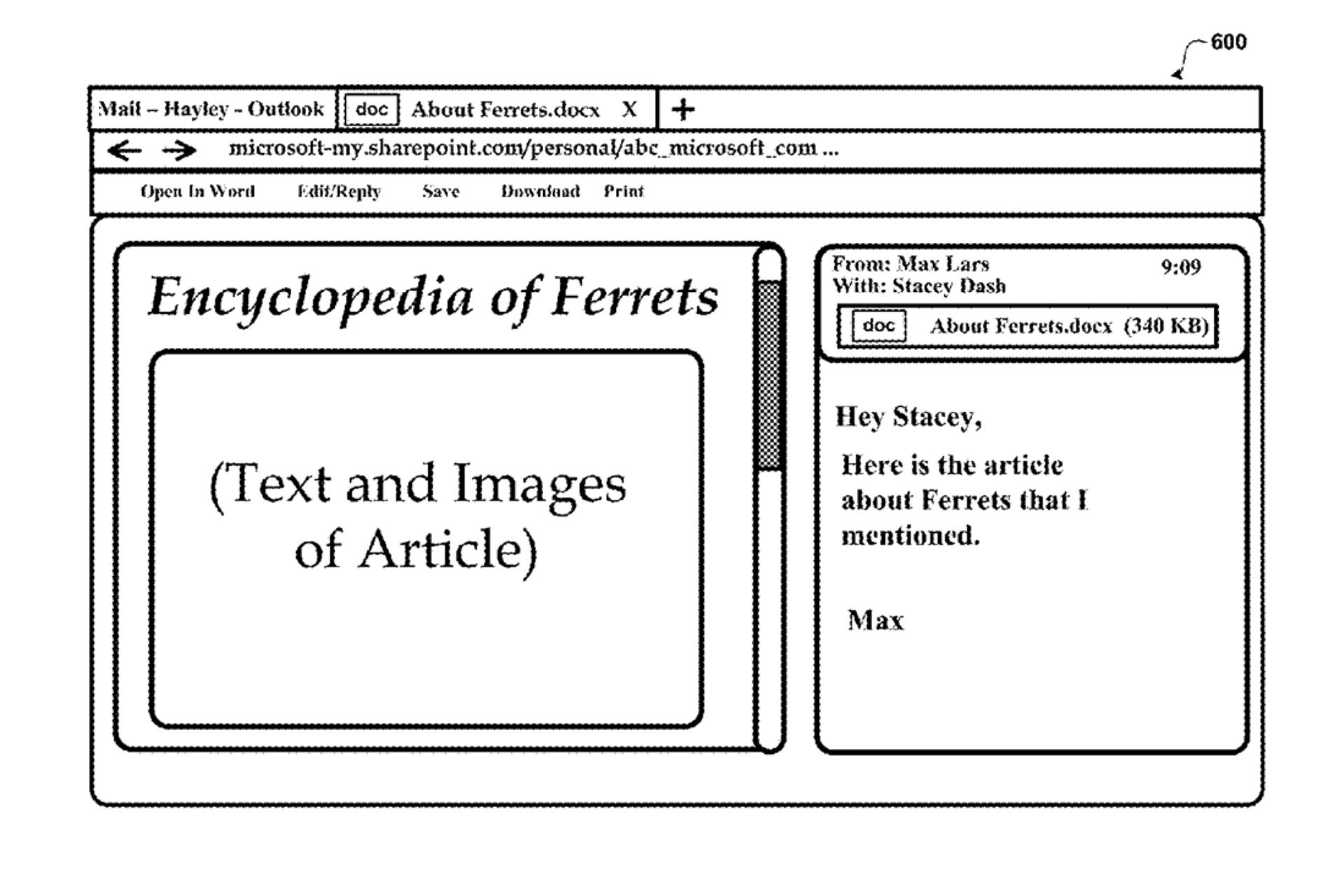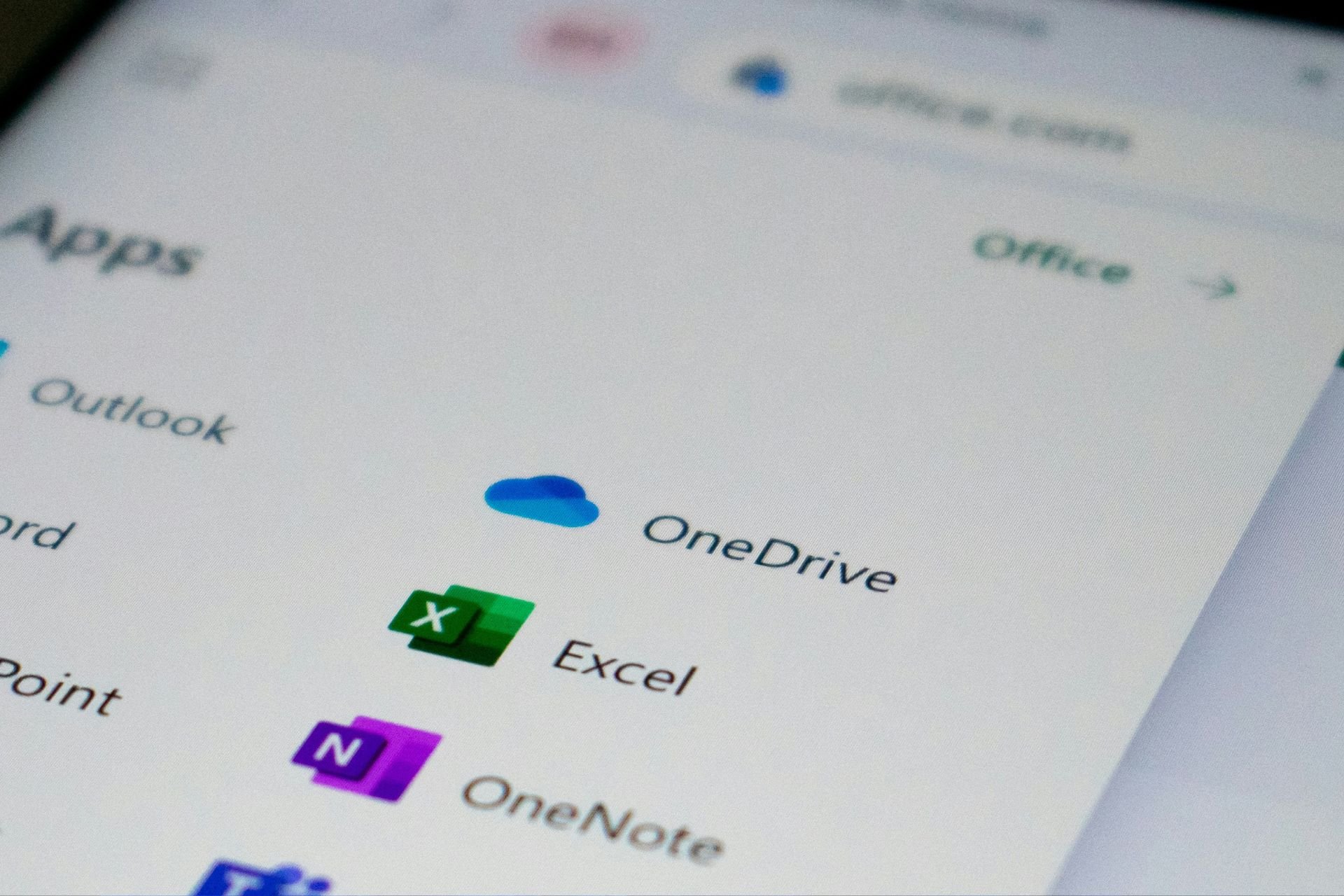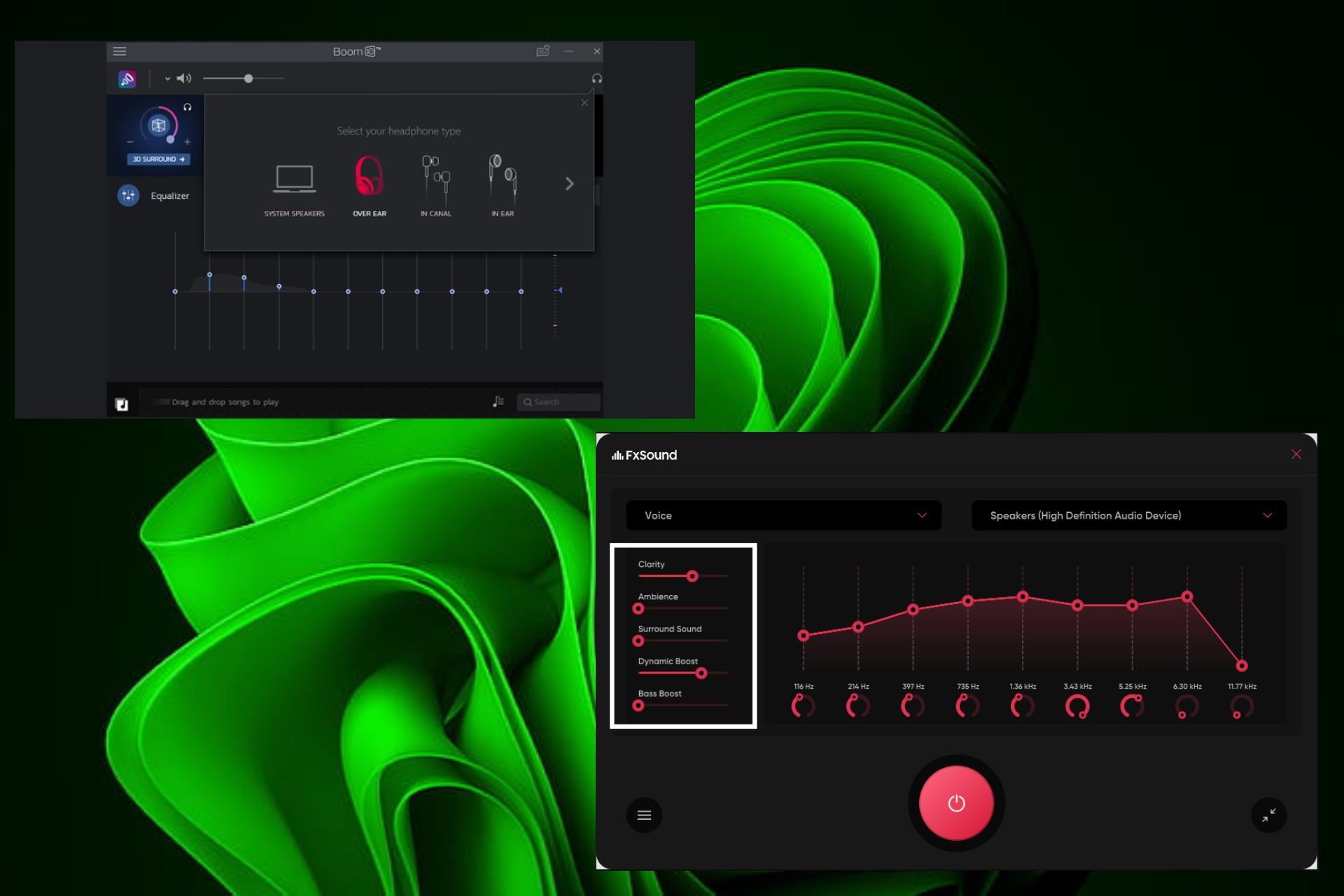Windows 11 System Requirements: Complete Checklist for 2024
Check Windows 11 requirements and the list of compatible devices
8 min. read
Updated on
Read our disclosure page to find out how can you help Windows Report sustain the editorial team Read more
Key notes
- If you want to know if your PC is ready, check out the Windows 11 specifications first.
- The requirements are as low as using a 1 GHz processor and a minimum 4 GB of RAM.
- You will be able to use it on tablets, convertibles, all-in-one PCs, notebooks, and more.
- We also included a list of new exciting features that will convince most users to upgrade.

Windows 11 is confirmed and Microsoft has a lot of plans with it. It seems that the new OS is heavily focused on performance and gaming, and that’s great news for everyone, not just avid players.
While a build of Windows 11 was leaked a few weeks before its debut, there wasn’t a clear hint at the performance.
The benchmarks that followed gave us a general idea about how the new OS will perform, but now we can know that for sure.
On its official support page, Microsoft released the specs, features, and computer requirements of Windows 11.
Windows 11 System Requirements
- Processor: 1 GHz or faster with 2 or more cores
- System memory: 4 GB minimum
- Storage: 64 GB minimum
- System firmware: UEFI
- Security: TPM 2.0 required, UEFI Secure Boot
- Display: 9-inch minimum in diagonal, High definition (720p), 8 bits per color channel
- Graphics: DirectX 12 API, WDDM 2.0
- Connectivity: Bluetooth (excluding desktop PC), Wi-Fi or Ethernet connection
- Digitizer: Precision Touchpad (if touchpad is present)
- Hardware buttons: Power button and volume up and down buttons required
- Ports: USB ports (at least one), video output required
Keep in mind that these are the basic system requirements to install Windows 11 on a PC. If you’d like to see if your current PC meets the minimum requirements, download and run the PC Health Check app.
When it comes to feature-specific requirements for Windows 11, it seems that Microsoft has added a lot of new technologies and improvements over Windows 10. Let’s name a few important ones:
- 5G support requires a 5G capable modem.
- Auto HDR requires an HDR monitor.
- Bit Locker to Go requires a USB flash drive (available in Windows Pro and above editions).
- Client Hyper-V requires a processor with second-level address translation (SLAT) capabilities (available in Windows Pro and above editions).
- Cortana requires a microphone and speaker and is currently available on Windows 11 for Australia, Brazil, Canada, China, France, Germany, India, Italy, Japan, Mexico, Spain, United Kingdom, and the United States.
- DirectStorage requires 1 TB or greater NVMe SSD to store and run games that use the Standard NVM Express Controller driver and a DirectX 12 Ultimate GPU.
- DirectX 12 Ultimate is available with supported games and graphics chips.
- Presence requires sensor that can detect human distance from device or intent to interact with device.
- Intelligent Video Conferencing requires video camera, microphone, and speaker (audio output).
- Multiple Voice Assistant (MVA) requires a microphone and speaker.
- Snap three-column layouts require a screen that is 1920 effective pixels or greater in width.
- Mute/Unmute from Taskbar requires video camera, microphone, and speaker (audio output). The app must be compatible with feature to enable global mute/unmute.
- Spatial Sound requires supporting hardware and software.
- Teams requires video camera, microphone, and speaker (audio output).
- Touch requires a screen or monitor that supports multi-touch.
- Two-factor Authentication requires use of PIN, biometric (fingerprint reader or illuminated infrared camera), or a phone with Wi-Fi or Bluetooth capabilities.
- Voice Typing requires a PC with a microphone.
- Wake on Voice requires Modern Standby power model and microphone.
- Wi-Fi 6E requires new WLAN IHV hardware and driver and a Wi-Fi 6E capable AP/router.
- Windows Hello requires a camera configured for near-infrared (IR) imaging or a fingerprint reader for biometric authentication. Devices without biometric sensors can use Windows Hello with a PIN or a portable Microsoft compatible security key.
- Windows Projection requires a display adapter that supports Windows Display Driver Model (WDDM) 2.0 and a Wi-Fi adapter that supports Wi-Fi Direct.
- Xbox (app) requires an Xbox Live account, which is not available in all regions. See Xbox Live Countries and Regions for the most up-to-date information on availability. Some features in the Xbox app will require an active Xbox Game Pass subscription. Learn more about the pass.
Devices supported by Windows 11
As you will see below, Microsoft also issued a device compatibility list with the type of machine that will have Windows 11 support.
All in one
- Fixed all-in-one PC. Integrates a display with other hardware components in a single chassis
- Portable all-in-one PC. Integrates a display and a battery with other hardware components in a single chassis for home or office portability
Convertible – Devices that combine a display, battery, and point device into a single chassis with an adjustable display.
Desktop PC – Although it probably doesn’t need further explanations, it’s a device mounted in a tower case and it doesn’t include an integrated display and inputs
Detachable – Devices that combine a display, rechargeable power source, and pointing device into a single chassis together with a detachable keyboard.
Mini PC – It’s a type of desktop PC that has the volume of less than a liter and doesn’t include an integrated display and optical drive
Notebook – Another type that doesn’t need an introduction. A clamshell computer that doesn’t have a detachable keyboard.
Tablet – A device that comes with a display, a rechargeable power source, and other components into a single chassis that can be operated by touch. It doesn’t include a keyboard.
Windows 11 CPU compatibility list
Microsoft has released a full list of processors that will be able to run Windows 11 without issues, so we created a handy table for you to be able to search for your device and find out ahead of time if the installation will be possible.
Intel processors
The list below will show you all the processor models that will work seamlessly with Windows 11:
| Intel Processor | Model | |
|---|---|---|
| Atom |
| |
Celeron |
| |
Core |
| |
Pentium |
| |
Xeon |
|
AMD processors
The table below presents you with all the AMD processors that will be able to run Windows 11 without problems:
| AMD Processor | Model |
|---|---|
| AMD |
|
| Athlon |
|
| EPYC |
|
| Ryzen |
|
Qualcomm processors
Here are the Qualcomm processors which will be capable of running Windows 11:
| Qualcomm | Model |
|---|---|
| Snapdragon |
|
New Windows 11 features
And that’s not all. Yes, a lot of new features were added to Windows 11, but some of the ones included in Windows 10 will be removed or toned down a lot. Here are some apps that may be deprecated or removed when upgrading to Windows 11:
- Cortana will no longer be included in the first boot experience or pinned to the Taskbar.
- Desktop wallpaper cannot be roamed to or from device when signed in with a Microsoft account.
- Internet Explorer is disabled. Microsoft Edge is the recommended replacement and includes IE Mode which may be useful in certain scenarios.
- Math Input Panel is removed. Math Recognizer will install on demand and includes the math input control and recognizer. Math inking in apps like OneNote is not impacted by this change.
- News & Interests has evolved. New functionality has been added which can be found by clicking the Widgets icon on the Taskbar.
- Quick Status from the Lockscreen and associated settings are removed.
- S Mode is only available now for Windows 11 Home edition.
- Snipping Tool continues to be available but the old design and functionality in the Windows 10 version has been replaced with those of the app previously known as Snip & Sketch.
- Start is significantly changed in Windows 11 including the following key deprecations and removals:
- Named groups and folders of apps are no longer supported and the layout is not currently resizable.
- Pinned apps and sites will not migrate when upgrading from Windows 10.
- Live Tiles are no longer available. For glanceable, dynamic content, see the new Widgets feature.
- Tablet Mode is removed and new functionality is included for keyboard attach and detach postures.
- Taskbar functionality is changed including:
- People is no longer present on the Taskbar.
- Some icons may no longer appear in the System Tray (systray) for upgraded devices including previous customizations.
- Alignment to the bottom of the screen is the only location allowed.
- Apps can no longer customize areas of the Taskbar.
- Timeline is removed. Some similar functionality is available in Microsoft Edge.
- Touch Keyboard will no longer dock and undock keyboard layouts on screen sizes 18 inches and larger.
- Wallet is removed.
Furthermore, 3D Viewer, OneNote for Windows 10, Paint 3D, and Skype will no longer be installed on new devices. That also applies to clean-installs of Windows. You will still be able to get them but only from the Store.
Auto-HDR, Snap, and Teams integration promise to be great features that will certainly increase productivity, connectivity, and the overall experience, but the loss of Cortana from the Taskbar or the lack of Internet Explorer might be a problem for some.
What do you think about Windows 11’s requirements and features? Let us know your opinion in the comments section below.








